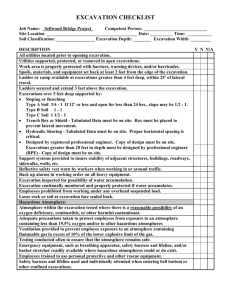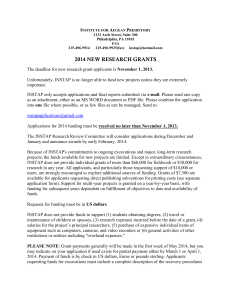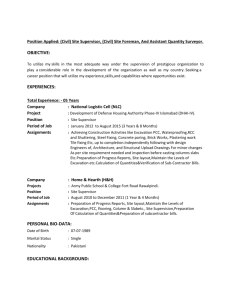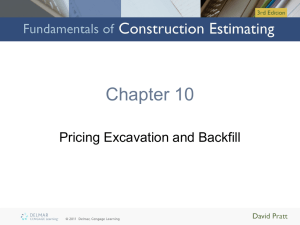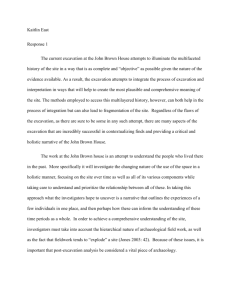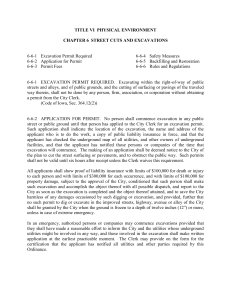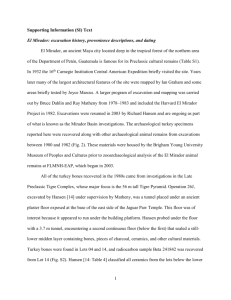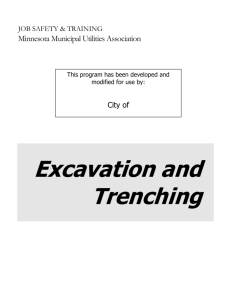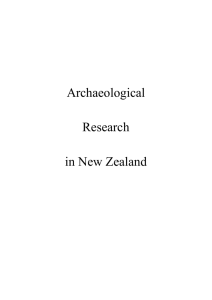Projects in Aegean prehistoric sites
advertisement
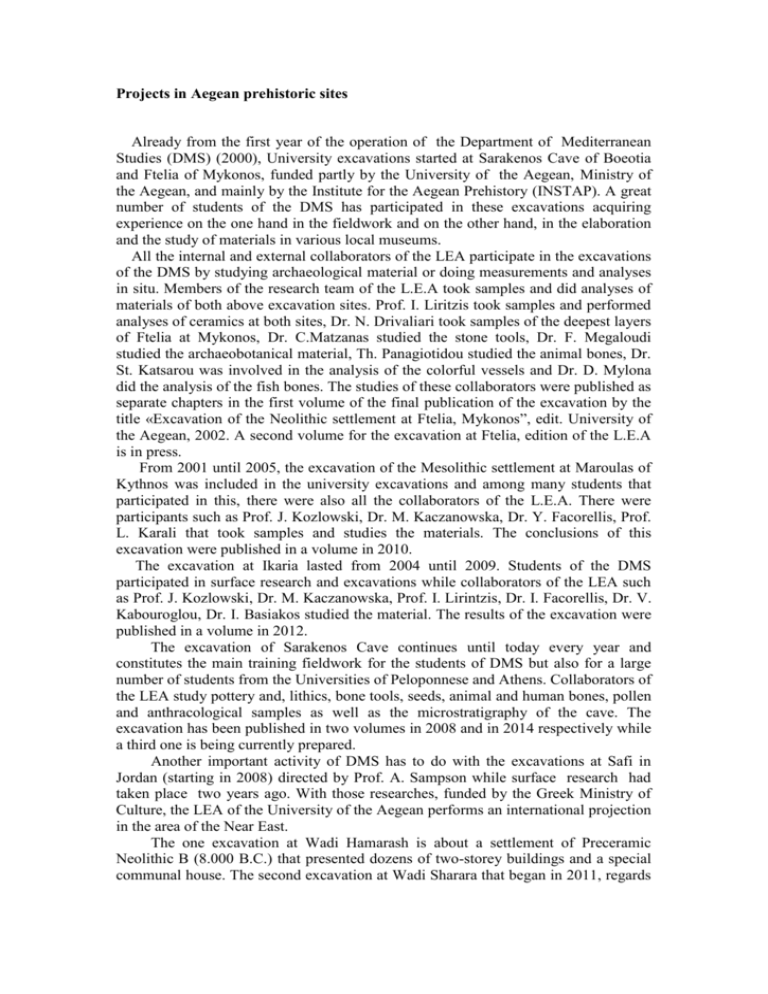
Projects in Aegean prehistoric sites Already from the first year of the operation of the Department of Mediterranean Studies (DMS) (2000), University excavations started at Sarakenos Cave of Boeotia and Ftelia of Mykonos, funded partly by the University of the Aegean, Μinistry of the Aegean, and mainly by the Institute for the Aegean Prehistory (INSTAP). A great number of students of the DMS has participated in these excavations acquiring experience on the one hand in the fieldwork and on the other hand, in the elaboration and the study of materials in various local museums. All the internal and external collaborators of the LEA participate in the excavations of the DMS by studying archaeological material or doing measurements and analyses in situ. Members of the research team of the L.E.A took samples and did analyses of materials of both above excavation sites. Prof. I. Liritzis took samples and performed analyses of ceramics at both sites, Dr. N. Drivaliari took samples of the deepest layers of Ftelia at Mykonos, Dr. C.Matzanas studied the stone tools, Dr. F. Megaloudi studied the archaeobotanical material, Th. Panagiotidou studied the animal bones, Dr. St. Katsarou was involved in the analysis of the colorful vessels and Dr. D. Mylona did the analysis of the fish bones. The studies of these collaborators were published as separate chapters in the first volume of the final publication of the excavation by the title «Excavation of the Neolithic settlement at Ftelia, Mykonos”, edit. University of the Aegean, 2002. A second volume for the excavation at Ftelia, edition of the L.E.A is in press. From 2001 until 2005, the excavation of the Mesolithic settlement at Maroulas of Kythnos was included in the university excavations and among many students that participated in this, there were also all the collaborators of the L.E.A. There were participants such as Prof. J. Kozlowski, Dr. M. Kaczanowska, Dr. Y. Facorellis, Prof. L. Karali that took samples and studies the materials. The conclusions of this excavation were published in a volume in 2010. The excavation at Ikaria lasted from 2004 until 2009. Students of the DMS participated in surface research and excavations while collaborators of the LEA such as Prof. J. Kozlowski, Dr. M. Kaczanowska, Prof. I. Lirintzis, Dr. Ι. Facorellis, Dr. V. Kabouroglou, Dr. Ι. Basiakos studied the material. Τhe results of the excavation were published in a volume in 2012. The excavation of Sarakenos Cave continues until today every year and constitutes the main training fieldwork for the students of DMS but also for a large number of students from the Universities of Peloponnese and Athens. Collaborators of the LEA study pottery and, lithics, bone tools, seeds, animal and human bones, pollen and anthracological samples as well as the microstratigraphy of the cave. The excavation has been published in two volumes in 2008 and in 2014 respectively while a third one is being currently prepared. Another important activity of DMS has to do with the excavations at Safi in Jordan (starting in 2008) directed by Prof. A. Sampson while surface research had taken place two years ago. With those researches, funded by the Greek Ministry of Culture, the LEA of the University of the Aegean performs an international projection in the area of the Near East. The one excavation at Wadi Hamarash is about a settlement of Preceramic Neolithic B (8.000 Β.C.) that presented dozens of two-storey buildings and a special communal house. The second excavation at Wadi Sharara that began in 2011, regards a small hunters-gatherers’ camp site of Preceramic Neolithic A (10.000-9.600 B.C.). It's about a phase, rare in Jordan but very interesting in the site of Near East. During the excavations, a group of researchers consisting of Dr. C. Matzanas (stone tools), A. Karathanou, archaeobotanologist and the old students of DMS who are now collaborators of the LEA, A. Gotsinas, archaeozoologist, G. Tampakopoulou (stone tools), Dr K. Giannopoulou (bone tools), S. Donta, archaeozoologist, proceeded in studying at the museum in Safi materials from the excavation at Wadi Hamarash and contributed to the final publication of the first site, edited by the LEA in 2013.
